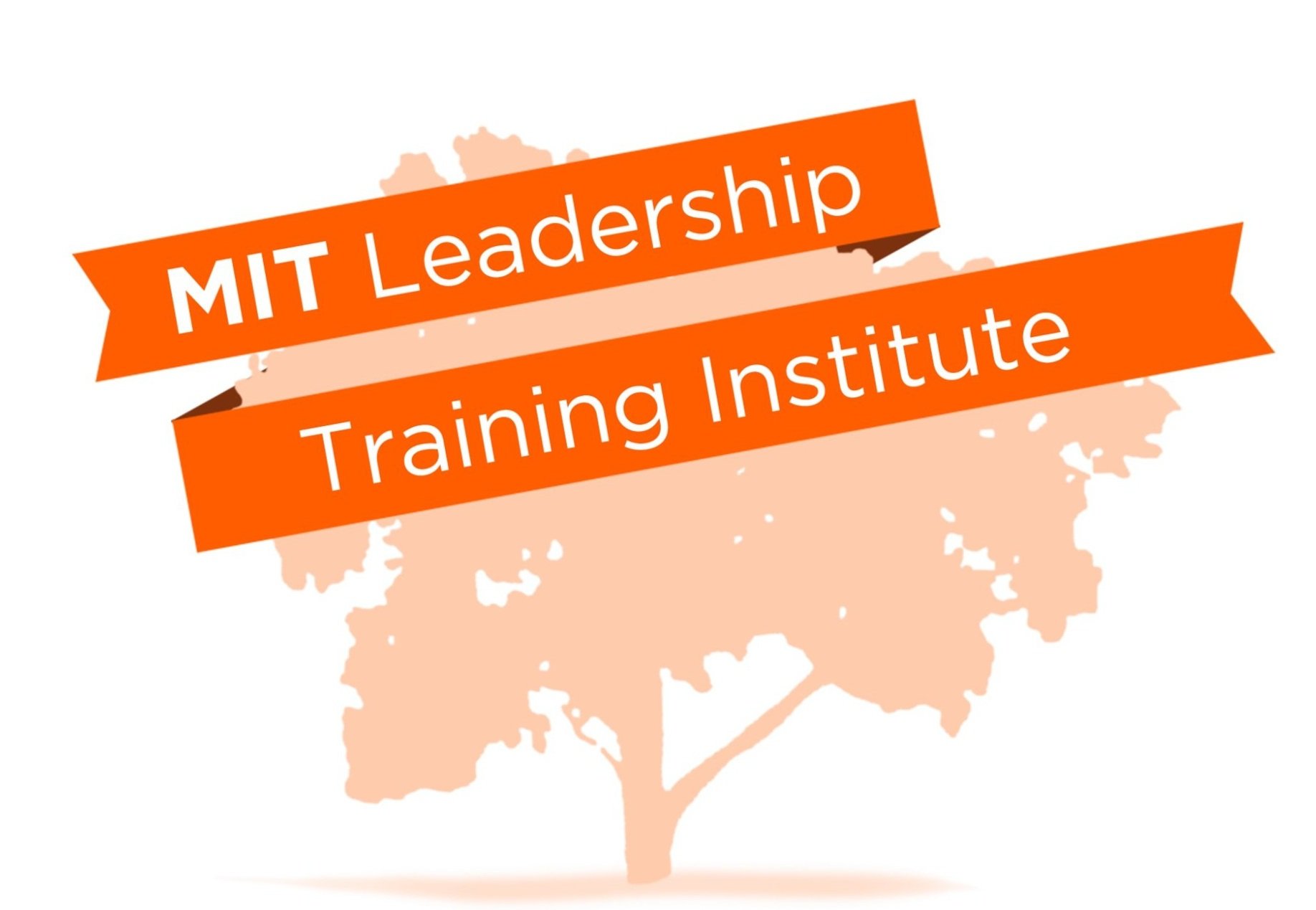Our program takes place on Sunday on MIT’s campus during the spring. It consists of two sessions: one of leadership development, and the other of a community service project. These sessions are constructed so that the leadership development activities inform the community service project, and vice versa.
The LTI Curriculum
Leadership development
Our leadership development philosophy centers around the principle that all of our students have the potential to become leaders. Through research and experience, we believe that the activities we give to our students help bring out the leadership traits within them, such as confidence (especially in public speaking), creativity, and determination.
We separate the students into small groups led by two Leadership Development Mentors (LMs). The small group environment develops a sense of closeness and trust, and we want our students to feel comfortable. Plus, we want our students to make friends from different high schools! The first few weeks of the program are focused on getting our students to think critically about what it means to be a leader. The word “leader” means many things to many people, and we believe that’s okay. We don’t enforce a single, rigid definition of leader on our students, but rather invite them to tell us what it means to them to be a leader, and to think of examples of people whom they consider leaders. We do believe, however, that leaders possess a broad skill set, and it is these traits we have our students ponder. We lead them in activities where they discuss, with each other and their LMs, what traits make a leader, the role of emotional intelligence in becoming a leader, and - importantly - group dynamics.
Another part of our curriculum is emphasizing the importance of diversity. We help our students examine the concept of diversity by first asking them to examine themselves - their own backgrounds, their own neighborhoods, and their own personal identities. We stress the idea of community in these discussions; the central questions we encourage our students to answer, for themselves, is “What communities do I belong to?” and “What makes a community strong?”. A critical, yet delicate, part of this discussion is the idea of privilege and the American dream. We hope, by exposing our students to these kinds of conversations (which they may not have in school), we can push them to think beyond their own selves, and even beyond their own communities - because a leader must lead all people.
As part of the group dynamics component of the curriculum, we have our students think about conflict resolution and difficult conversations. We ask them to consider what contemporary topics might lead to a heated discussion, and in what ways the people involved in such conversations can understand each other and come to a consensus - or, at least, have a civil discussion and agree to disagree. Working in groups is a foundational concept in LTI because of its immense importance in most careers, from doctor to lawyer to scientist. In some sense, we provide both “theory” and “practice” of working in groups through our leadership development curriculum.
community service project
Everyone one of our LTI students completes a community service project under the supervision of a Project Mentor (PM). In the first week of the program, each student is assigned to a PM, and usually 3-4 students are assigned to the same PM. Our PMs help the students list what communities the students belong to, and what issues those communities face. For example, many students immediately list their high school as a community they belong to, and cite stress, bullying, and lack of tutoring resources as common problems. Often, the lists the students produced are long, and the problems many. In addition, some problems are beyond the scope of what any individual in the world, let alone any student in LTI, can fix: climate change, poverty, political polarization, to name a few. But at the root of a student’s interest in these problems is a certain concern for the well-being of people; it is the job of the PMs to redirect this sentiment to a more realistic project.
After several project ideas are brainstormed, and the PMs help the students narrow down their ideas, the student selects a project to continue with for the duration of LTI. Over the next several weeks, under the guidance of their PM, the students build out their idea in more and more depth. At some point for most students, especially if they’re doing a project within their high school, they will need to involve other people in the project. It is at this juncture that the “theory” the students learn from the leadership development sessions about communication can be put into practice. A large number of students, for example, must write emails to teachers or administrations asking for advice and permissions. Some students bring friends in on their projects. To aid them in advertising their projects, we teach the students how to use online poster-making platforms, and help cover some of the financial costs associated with printing large orders.
Finally, the students learn how to explain their project, and give a final presentation. Unavoidably, they must practice their public speaking, which is often intimidating. But our project mentors are experienced public speakers, and we also draw on research-based strategies for effective public speaking. At the conclusion of the program, every student presents their project to a small audience of LTI parents, students, and mentors. Three exceptional presenters are given the opportunity to present to all of the LTI parents, students, and mentors during the Closing Ceremony. We are always excited to see how far our students have come by the end of the program in terms of their confidence, and are always proud of the effort they put in to the frankly terrifying activity of presenting to an audience of strangers.
